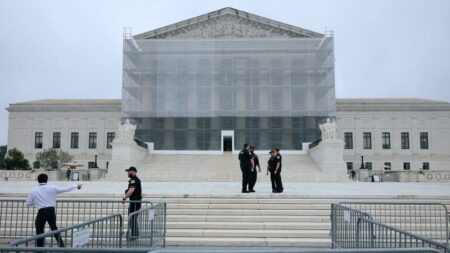Universal Studios is making headlines as plans for the construction of a new theme park in the UK unfold, sparking excitement among thrill-seekers and tourists alike. The proposed location for this ambitious project is in Bedford, where Universal aims to create the tallest rides in Europe, marking a significant expansion for the company. This article will explore the details surrounding the park’s planning, structural proposals, potential visitor experiences, and the advantages of its chosen location.
One of the key highlights of Universal’s proposal is the intention to build park structures reaching heights of up to 377 feet (115 meters). This upward push in design aims to enable the theme park to compete effectively with other prominent attractions across Europe. In recent planning documents submitted through a special development order (SDO), the company has stated that taller attractions are generally more common in European parks than in their counterparts in the United States, like the Universal Orlando Resort. This is primarily due to spatial constraints seen in urban developments, necessitating verticality over horizontal expansion. The current tallest ride in the UK, Hyperia, measures 236 feet (72 meters), whereas the tallest in Europe is Spain’s Red Force, a 367-foot (112-meter) roller coaster located at PortAventura World.
Central to Universal’s ambitions in Bedford, is the potential to draw around 8.5 million visitors annually, with surge capacity peaking at 55,000 guests on busy days. To accommodate this influx, detailed plans include a thoughtfully designed entry experience that welcomes guests into a vibrant plaza featuring restaurants, shops, and various entertainment venues, accessible to all attendees, regardless of park admission.
Strategically situated near vital transport links, the park boasts excellent accessibility from major nearby regions, including Birmingham to the north, Oxford to the southwest, and London to the south. The proposal details not only a tree-lined boulevard for car access but also the development of a transport hub enabling connectivity via public transport. The initiation of these transport routes is essential not just for operational efficiency but also for promoting sustainable travel options, aligning with modern environmental considerations.
Additionally, there are plans for substantial parking capabilities, extending to more than 7,000 cars, as well as provisions for coach and bicycle access. Connectivity improvements are also slated for local roads, including upgrades to the A421 and the establishment of a new junction to aid traffic flow into the park. Construction will also involve enhancements to Wixams station, expanding it to four platforms and introducing a new footbridge for pedestrian and cycling access to the site.
Awaiting approval from local governing bodies, the consultation process with the Ministry of Housing, Communities and Local Government (MHCLG) is underway and set to conclude by the end of August. Universal’s documents clarify that they aim for completion and park opening by 2031, with employment anticipated for up to 8,500 staff, primarily sourced from the local area. By 2051, the expected workforce size may even reach 10,000, significantly bolstering local job creation.
Universal’s plans reflect not just an investment in entertainment but also in community infrastructure, anticipating local response and engagement. The proposed new theme park marks a potent symbol of regional development, recreational enhancement, and economic uplift, representing a milestone for Universal’s expansion strategy within Europe. If successful, this initiative has the potential to redefine the landscape of UK entertainment, attributing an exciting legacy that blends high enjoyment, tourism appeal, and communal prosperity. As we await the final decision on these transformative proposals, the prospect of a new Universal theme park in the heart of Bedford stands as a testament to the evolving landscape of global tourism.











